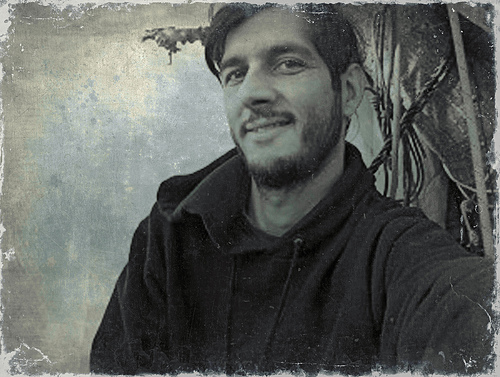Year: 2013
-
One man arrested during peaceful Al-Masara demonstration
6th September 2013 | International Solidarity Movement, Khalil Team | Al-Masara, Occupied Palestine Today, Friday 6th September, Mohammed Breijeh was arrested during a completely non-violent and peaceful demonstration in the village of Al-Masara. Mohammed will be held until next Wednesday, where a military court will decide whether to release, or to sentence him for taking…
-
New court dates for Tristan Anderson’s civil trial against Israeli military
6th September 2013 | justice4tristan | Jerusalem New trial dates have been set for Tristan Anderson’s civil case against the Israeli Military. The new dates follow a recent ruling from the High Court of Israel forcing the Israeli Police to re-open their investigation into the near fatal shooting, which occurred when Israeli Border Police opened fire…
-
Illegal extremist settlement of Yitzhar expands during ‘peace talks’
28th August 2013 | International Solidarity Movement, Nablus Team | Asira al Qibliya, Occupied Palestine Around 80 settlers and soldiers brought diggers and steam rollers near the Asira water project and started to flatten ground on private Palestinian land. Residents fear this is the first stage in an expansion of the illegal extremist settlement of…

